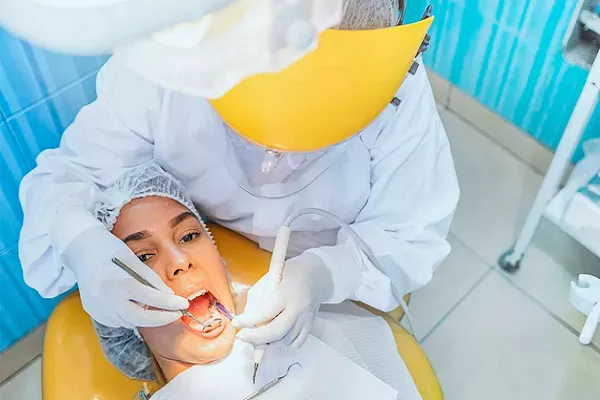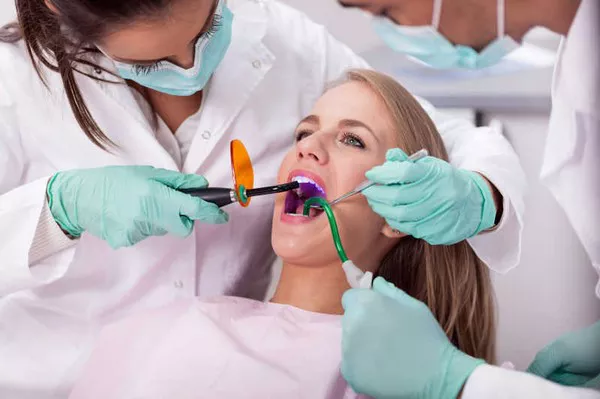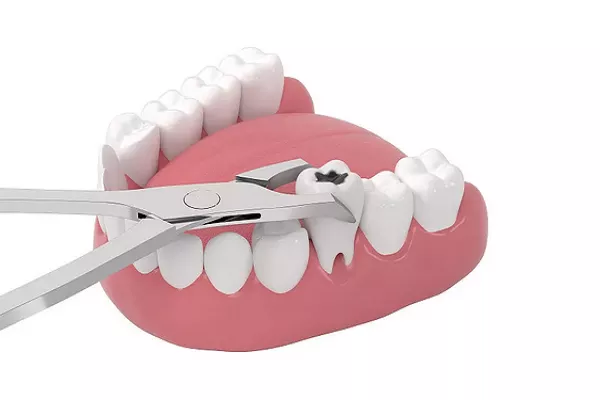The appearance of our teeth plays a crucial role in our overall aesthetic appeal and self-confidence. However, noticing that your teeth are becoming transparent can be concerning and may raise questions about your dental health. Transparent teeth can be a sign of underlying issues that require attention. In this article, we explore the causes of transparent teeth, the potential dental health implications, and the available solutions to address this condition.
Understanding Tooth Structure
To understand why teeth can become transparent, it’s important to have a basic understanding of tooth structure. Teeth are composed of different layers:
Enamel: The outermost layer of the tooth, enamel, is the hardest substance in the human body. It protects the inner layers of the tooth and provides the white appearance of teeth.
Dentin: Beneath the enamel lies the dentin, a hard tissue that makes up the majority of the tooth structure. Dentin is naturally yellowish and contributes to the overall color of the tooth.
Pulp: The innermost layer of the tooth is the pulp, which contains nerves and blood vessels.
Transparent Teeth: Causes and Contributing Factors
Thin Enamel:
Enamel thickness varies among individuals. Some people naturally have thinner enamel, which can make the dentin beneath more visible, leading to the appearance of transparent teeth.
Enamel Erosion:
Acidic foods and beverages, frequent consumption of sugary foods, and acid reflux can contribute to enamel erosion. As enamel thins, the dentin’s color becomes more prominent, resulting in transparent or translucent teeth.
Age-Related Changes:
With age, enamel naturally wears down due to daily wear and tear. As enamel becomes thinner, the dentin’s color shows through, making teeth appear more transparent.
Bruxism (Teeth Grinding):
Persistent teeth grinding or clenching (bruxism) can wear down enamel over time, potentially leading to transparency.
Genetics:
Genetics play a role in determining enamel thickness and tooth color. Some individuals may have genetic predispositions that make their teeth appear more transparent.
Dental Health Implications
Transparent teeth themselves may not always indicate a serious dental health issue. However, they can be a sign of enamel erosion or thinning, which can lead to several concerns:
Increased Sensitivity:
Thinner enamel exposes the dentin, which is more sensitive to temperature changes and acidic foods.
Tooth Decay Risk:
Enamel erosion increases the risk of tooth decay, as the protective layer becomes compromised.
Aesthetic Concerns:
Transparent teeth can affect your smile’s appearance and self-confidence, potentially impacting social interactions.
Solutions for Transparent Teeth
Maintain Good Oral Hygiene:
Brush your teeth twice a day with fluoride toothpaste and floss daily to prevent further enamel erosion.
Avoid Acidic Foods and Drinks:
Limit consumption of acidic foods and beverages, as they can contribute to enamel erosion.
Use a Soft Toothbrush:
Using a soft-bristle toothbrush can help prevent excessive wear on enamel during brushing.
Fluoride Treatment:
Fluoride treatments, either in-office or at-home, can help strengthen enamel and reduce its susceptibility to erosion.
Avoid Teeth Grinding:
If you grind your teeth, consider using a nightguard to protect your teeth from further damage.
Dental Bonding:
Dental bonding involves applying a tooth-colored resin to the teeth to improve their appearance and cover areas of transparency.
Veneers:
Veneers are thin shells placed over the front surface of teeth to enhance their appearance and cover imperfections.
Enamel Microabrasion:
This procedure involves removing a small amount of enamel to improve the appearance of teeth affected by transparency.
Consulting a Dentist
If you’re concerned about transparent teeth, it’s important to consult a dentist for a proper diagnosis and personalized treatment recommendations. A dental professional can evaluate the extent of enamel erosion, assess your oral health, and recommend appropriate interventions to address the issue.
Conclusion
Transparent teeth can result from thin enamel, enamel erosion, genetics, age-related changes, and teeth grinding. While the condition may not always be a direct cause for concern, it can indicate underlying dental health issues that need attention. Maintaining good oral hygiene, avoiding acidic foods and drinks, and seeking professional dental guidance are essential steps to prevent further enamel erosion and improve the appearance of transparent teeth. By addressing the causes and exploring appropriate solutions, you can enhance both the health and aesthetics of your smile.
Related Topics:





























